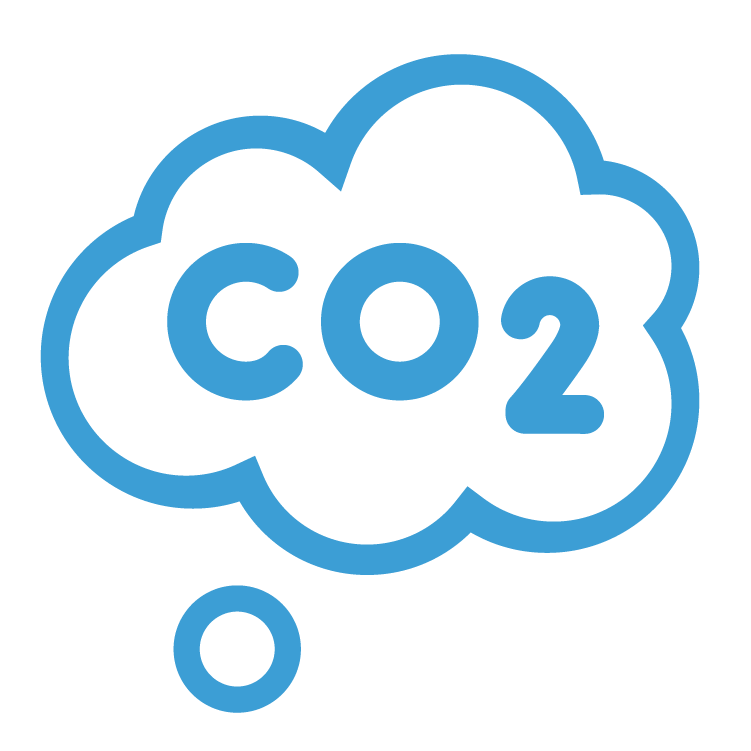Pollution refers to the negative effects caused to the environment by the introduction of harmful contaminants that require considerable amounts of time and energy to be diluted, dispersed, or recycled. In India, pollution rates are considered to be at critical levels causing serious threats to the health and wellbeing of the majority of its population.
In fact, data from recent research states that 22 of the world’s 30 most polluted cities are in this South-Asian country. Multiple causes lead to pollution in India and these can be analyzed based on the impact on different environmental dimensions (air, water, soil).
 Air pollution
Air pollution
Air pollution in India is a serious issue since it is causing an increasing number of deaths and diseases among the population. Data from a recent study shows that a massive 99% of Indian inhabitants are breathing air that is above the WHO’s safe limit and over 140 million people are breathing air which is 10 times over that limit. In 2019 alone, air pollution killed nearly 1.7 million in India, half of whom were below the age of 70. Furthermore, the consequences of air pollution generated a GDP loss of 1.36 % or US$36.8 billion in that year. The causes of air pollution in India include:
Take a look at the following article for a comprehensive overview of the nature and consequences of air pollution in India.
 Water pollution
Water pollution
Water pollution reflects the presence of high levels of harmful material (e.g., dirt, bacteria, chemical elements) that makes it unfit for use. India has 14 major, 55 minor, and hundreds of small rivers that are regularly subject to pollution by millions of liters of sewage as well as industrial and agricultural waste. Currently, only 10% of wastewater in India is treated while the rest is discharged into various water basins thus leading to pollution. It is estimated that about 37 million people suffer from waterborne diseases in the country every year and 1.5 million children die from diarrhea. Some of the causes of water pollution in India include:
 Soil pollution
Soil pollution
India is the second-most populated country in the world with 1.392 billion people of whom about 377 million live in urban areas. Such high rates of urbanization have naturally increased the overall amount of waste generated which has placed an extra burden on the environment and on local infrastructures for waste management. It is estimated that only between 10% – 20% of municipal waste is properly processed while the remainder is disposed of in landfills leading to the emission of harmful greenhouse gases and the contamination of groundwater and soil. Numerous local and international experts are emphasizing the importance of placing the issues of solid waste management at the top of the agenda for national and local policy-making.
DevelopmentAid is the leading provider of business intelligence and recruitment tools for those active in the development sector. Join today to gain access to exclusive information on upcoming tenders and grants, potential partner organizations, short- and long-term projects for individual consultants, tender shortlisting, and awards.

